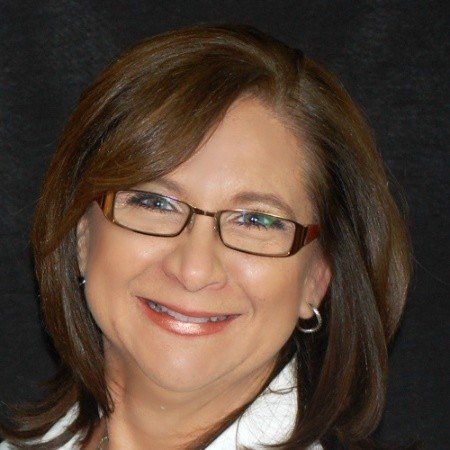Prime Drop
With the announcement this week that prime had dropped by a quarter point (.25 per cent) I had a number of calls from clients wondering how this would affect their mortgage.
We haven’t seen any changes to what lenders are offering for fixed rates yet. This may follow, but fixed rates follow the overnight bond yields as opposed to prime rate.
For clients who have variable rate mortgages, this change to prime means that the interest cost on their mortgage will decrease by that quarter point as well.
There are two types of payments with variable mortgages.
Some lenders have a static payment, meaning regardless of what prime does your payment stays the same. If prime goes up you pay less towards principal and more towards interest. If prime goes down, you pay more towards the principal of your mortgage.
The second type of payment on variable mortgages is an adjustable payment. This means that as prime changes your payment also changes. You pay the same amount against the principal of your mortgage, but your payment will drop if prime drops, or increase if prime increases.
Some people prefer a static payment for budgeting purposes. Others are comfortable with a little fluctuation with their payment amount.
What does a drop in prime equal in dollars and cents?
As an example, I ran the numbers for a $500,000 mortgage priced at prime minus one percent using 5.95 per cent, then at 5.7 per cent to reflect where clients might be right now.
In this example, the payment decreased by $74.00.
$74.00 a month may not seem like a big deal, but that covers either my hydro or my natural gas bill every month.
I feel as if many people have been sitting back waiting to see what direction the government is going to take with respect to monetary policy.
Over the last few weeks it feels like our market in the Okanagan has been picking up. It will be interesting to see if this most recent change sparks changes to the fixed rates as well, and if that translates to better renewal rates and more home sales.
Side note: if you have a home purchase in the works that is set to close soon, I encourage you to finalize your home insurance policy sooner rather than later. So far we have been fortunate, but if there is an active fire within a 50 km radius some insurance companies will not provide coverage for new policies. The companies that do charge higher premiums because of the perceived risk.






